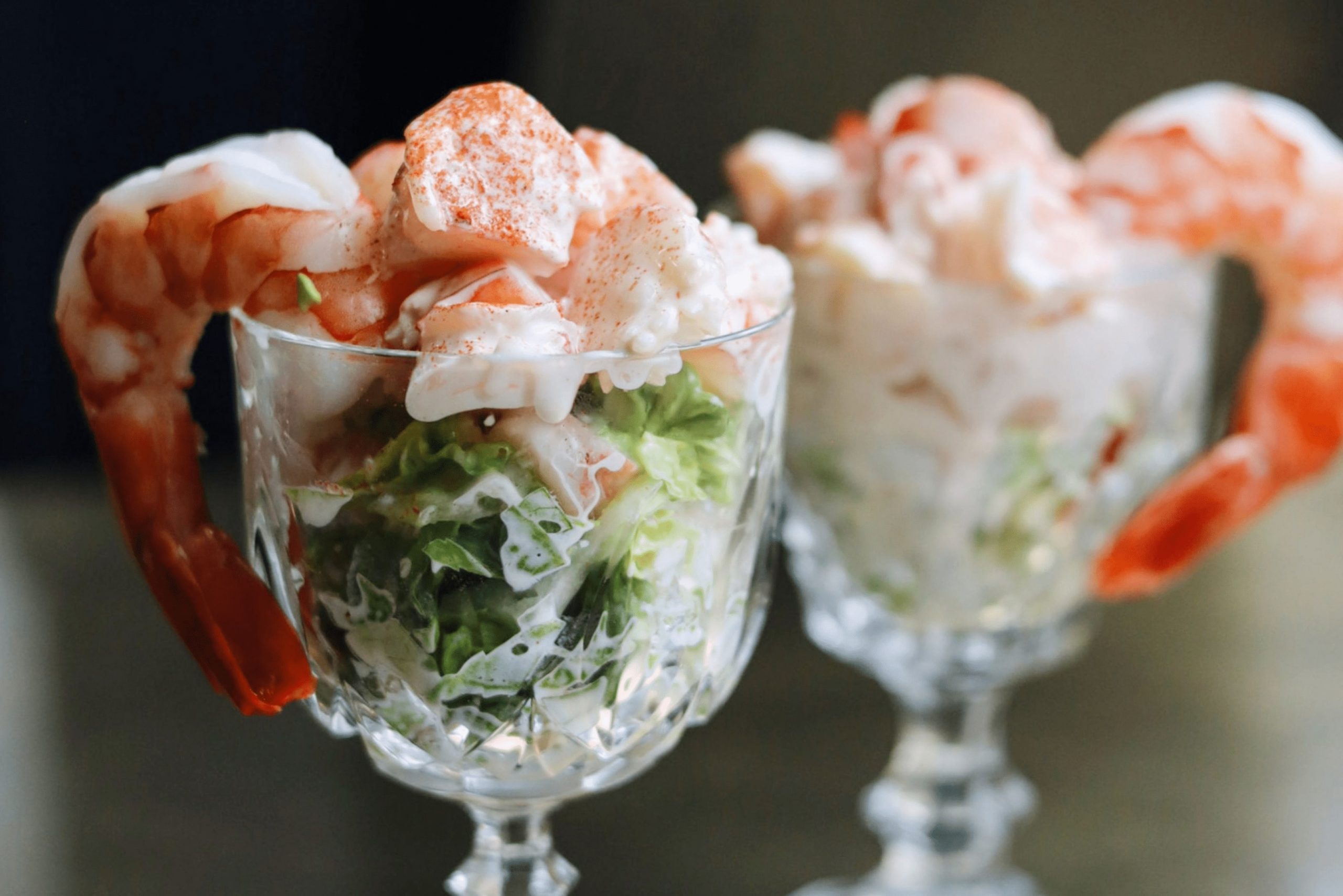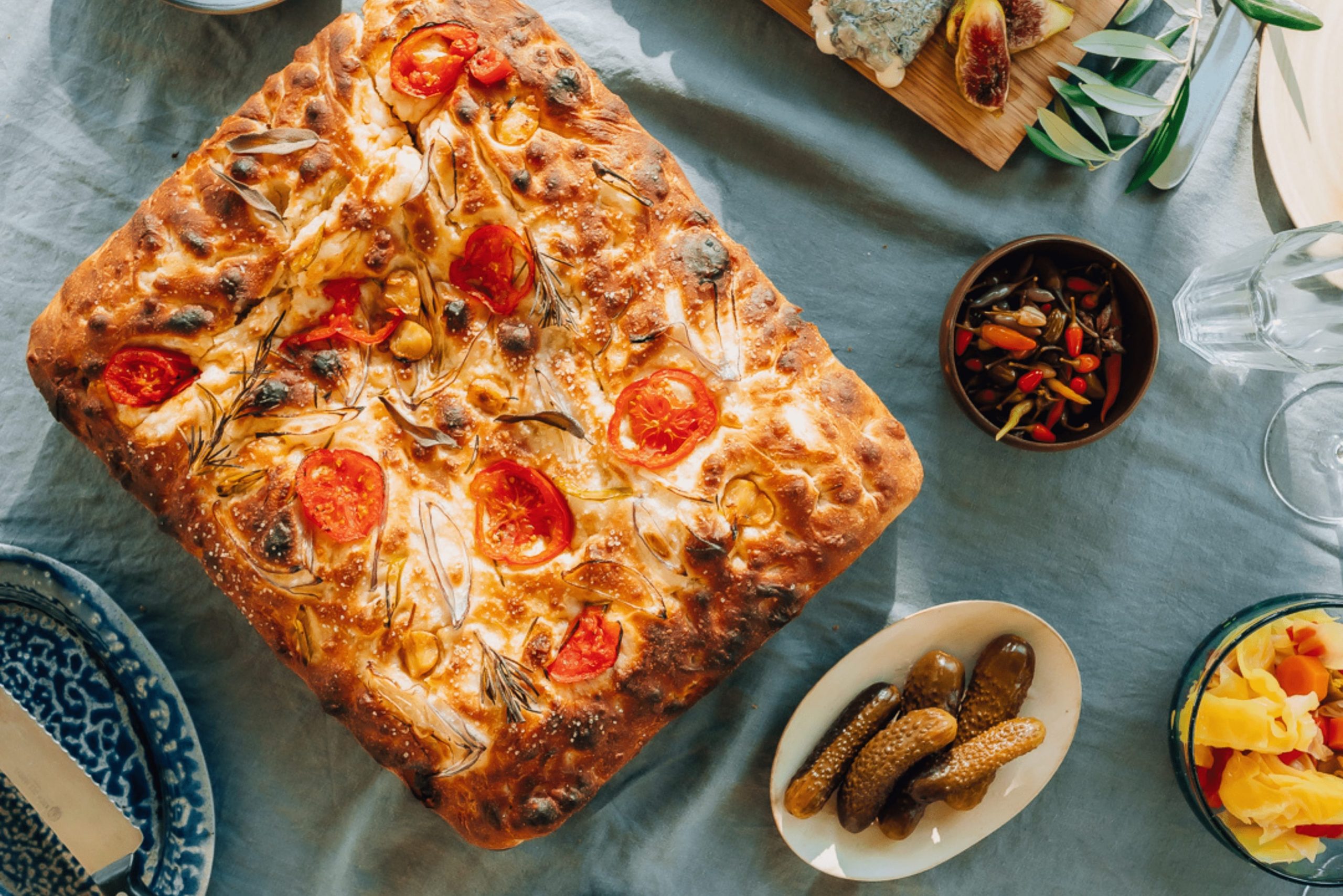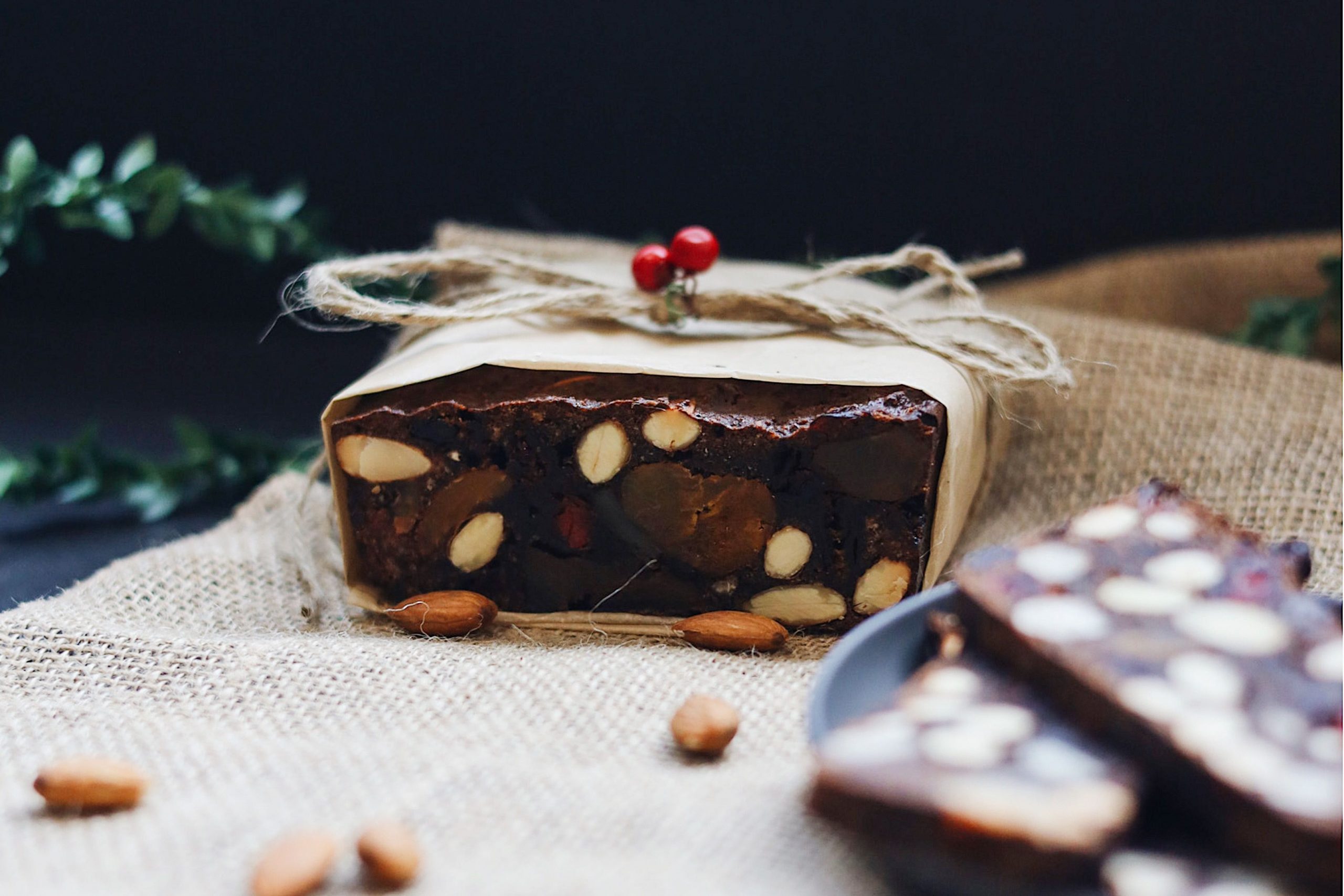
Leeks; The Unsung Hero of Winter Food By Sophie Gilmour
Vegetables that taste great in their own right but also contribute greatly to the flavour of a dish when they play a less obvious role, deserve more praise. Garlic is a great example; the earlier you add it to a dish, the less ‘garlicky’ the end result, but it still plays an essential role in balancing flavour. The most obvious of these vegetables are the ones used as the base for soups, stews and casseroles around the world; ‘mirepoix’ in French, ‘soffritto’ in Italian, ‘sofrito’ in Spanish, ‘suppengrün’ in German, ‘wloszczyzna’ in Polish or ‘The Holy Trinity’ in US Cajun and Creole cooking – these are primarily onions, carrots and celery. But the un-sung hero of winter food that I would like to shine a light on is the mighty leek.
Deriving its name from the Old English word ‘leac’ (fun fact: this is also the origin of the English word ‘garlic’), leeks are one of the national symbols of Wales. Amusingly, according to one legend, Saint David once asked his troops to wear leeks to identify themselves at battle, and Shakespeare then referred to the custom of wearing leeks as identification in Henry V as an ‘ancient tradition’. Each year on 1 March, Saint David’s Day, named after a monk Welsh people cook and enjoy leeks as well as watching parades throughout the day.
Leeks are a member of the much-loved allium family which makes them a sibling to the onion, chive, spring onion, garlic and shallot. Their look is unique, a long cylinder of bundled leaf sheaths, yet they have a familiar mild onion-like taste. Leeks are sweet and delicious when they’re cooked well, and although the white base is the most common part to eat, I’m a fan of eating the whole vegetable, including the coarser dark green tips – even if it means just popping them into a pot to contribute to your winter stock.
The French boil leeks, which turns them soft and mild in taste, and serve them with vinaigrette in the dish “asperge du pauvre” (Poor Man’s Asparagus), but they are more commonly sautéed, and slightly sweetened. This is my favourite way to cook leeks by far.
My childhood memories of leek and potato soup on a cold winter’s day are matched only by my first ever taste of vichyssoise at a staff tasting at Cibo before service. However my all-time favourite leek recipe has got to be my mother’s ‘Chicken, Tarragon & Leek Pie’ which is light on pastry so as to give glory to the filling. I’ve shared the recipe below and I implore you to try this at home so that you too may enjoy the beauty of the leek this winter.
Chicken, Tarragon & Leek Pie
- 1 whole size 16 chicken
- 1 stick celery, roughly chopped
- 1 carrot, roughly chopped
- ½ large brown onion, peeled cut into wedges.
- ½ large brown onion, peeled and finely diced.
- 1 bouquet garni
- 100 grams good quality butter
- 2 large leeks, sliced (using all but the dark green leaves)
- 3 tbsp all purpose flour
- 1 bunch fresh tarragon, finely chopped (2 tbsp dried if not available)
- 1 packet frozen filo pastry, removed from the freezer to thaw.
- Sea salt and freshly ground black pepper.
Prepration:
- Place the whole chicken in a large pot, cover with water, add celery, carrot, onion wedges, bouquet garni and dark green leaves from the leeks, and bring to the boil.
- After an hour, remove the chicken carefully with tongs and place it in a colander in the sink to cool. Sieve the chicken stock into a large container or jug and set aside.
- Preheat the oven to 160° NEFF CircoTherm or 180° normal bake
- Pull the cooked chicken meat off the carcass into bite sized strips and set aside.
- Place a large saucepan on the cooktop on a medium and melt half of the butter. Add the finely diced onion, and sweat the onions for ten minutes, stirring until they are translucent and soft but not coloured. Season the onions to taste.
- Add chopped leeks and sauté for another 10 minutes until they are soft and sweet, don’t be tempted to rush this part. Season the leeks to taste.
- Sprinkle the flour over the leeks so they are evenly coated and stir constantly to thoroughly cook the flour over the heat – this is essential to thicken our pie filling.
- Add 1 cup of chicken stock to the leek mixture and stir thoroughly, bringing the liquid to the boil. This cooks the flour for a second time.
- Add chicken to the mix and coat with liquid thoroughly.
- Add another cup of chicken stock and repeat the above until your desired thickness is achieved. Taste and season once more if necessary.
- Pour pie mixture straight into your chosen pie dish so that it is no more than ¾ of the way to the top at the edges.
- Melt the remaining butter and brush a layer of filo with butter using a pastry brush. The trick is to cover the pastry without soaking the pastry wet. Scrunch the pastry sheet into the size of a large flower head (think poppy), and place atop the pie on one side .
- Repeat brushing each layer of filo with butter, scrunching it and placing it atop the pie until the whole top of the pie dish is covered.
- Bake the pie uncovered until the filo is golden brown and crispy, around 25 minutes. If the pastry browns earlier than this, place a piece of foil over it and finish baking the pie until it’s piping hot.
- Serve with a fresh green salad and enjoy!









